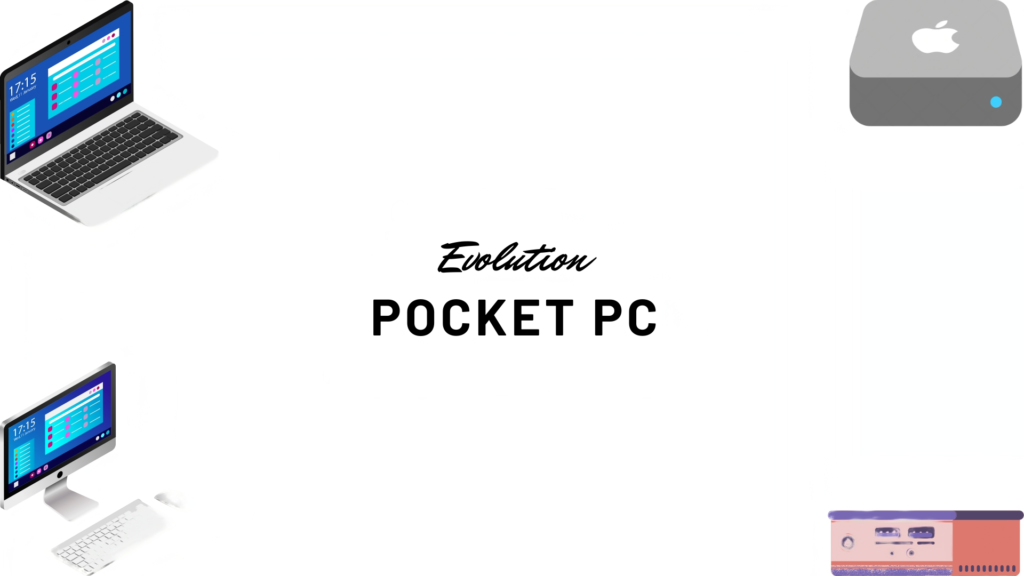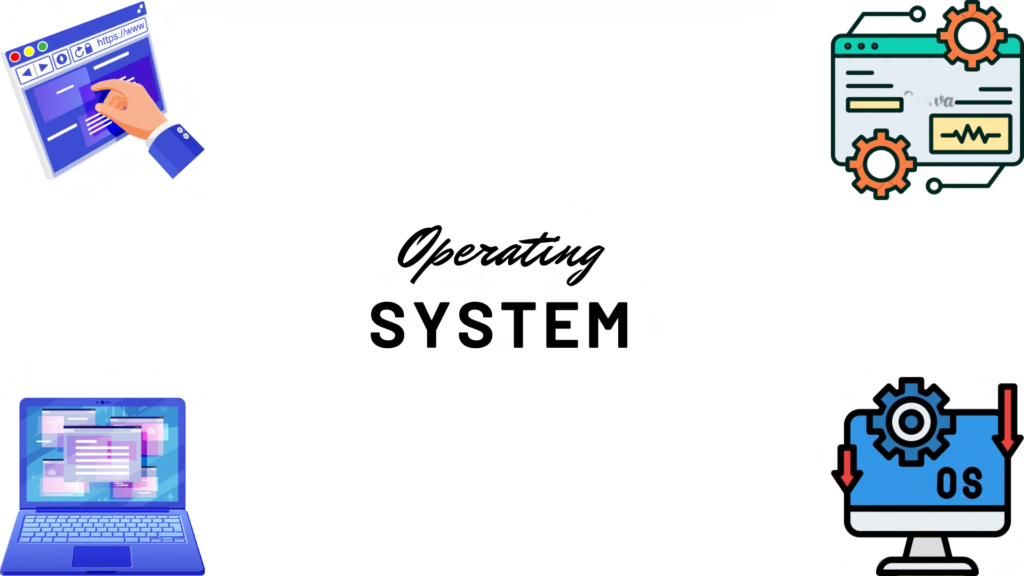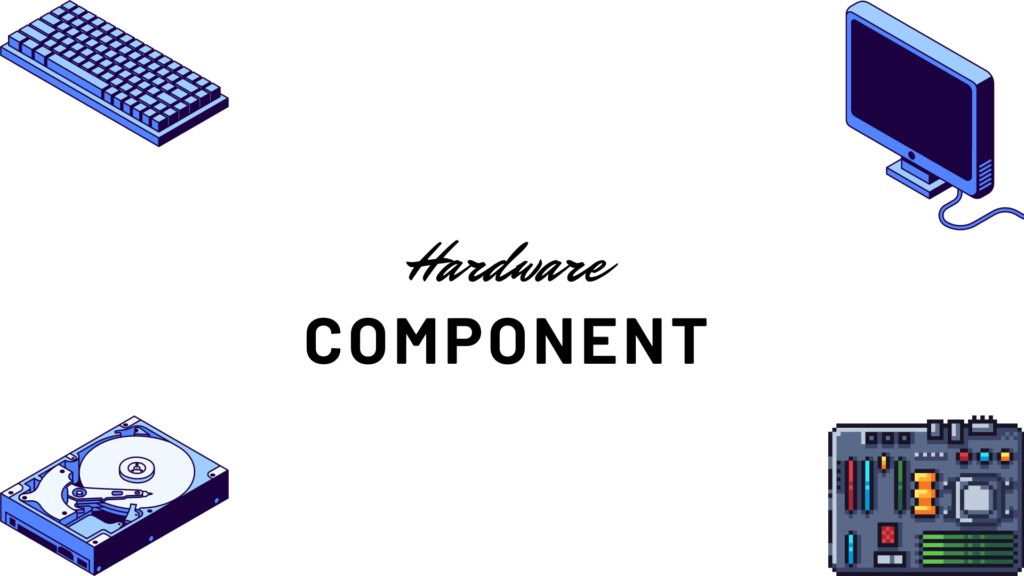Physical Address
304 North Cardinal St.
Dorchester Center, MA 02124
Physical Address
304 North Cardinal St.
Dorchester Center, MA 02124

Pocket PC is a short form of pocket-size personal computer, and is a compact handheld device designed for personal and professional use.it is used for mostly day-to-day sample tasks like calendar management and email checking etc. Pocket PCs are intended to provide portable computing solutions and are often smaller and lighter than traditional laptops or desktop computers.
The trend of pocket PCs dates back to the 1980s when handheld devices started to be popular, They gained prominence with Microsoft’s introduction of the Windows CE operating system in 1996, which led to the release of devices like the Casio Cassiopeia. Throughout 1990 and 2000 different manufacturers started to show up.
Microsoft continued to make this type of device with the launch of Pocket PC 2000 and Windows Mobile. However, the rise of smartphones in the late 2000s led to a decline in pocket PC popularity. Despite this, their impact on handheld computing remains significant, influencing the design and functionality of modern mobile devices.
The emergence of pioneering devices in the late 1990s marked a significant milestone in the development of pocket PCs. These early models, including the Casio Cassiopeia, Hewlett-Packard’s Pocket Computer, and the first devices running Microsoft’s Windows CE operating system, laid for the evolution of handheld computing. With features like touchscreen interfaces, compact designs, and a variety of productivity tools, these devices are becoming the future of portable computing. Their impact was profound, setting the stage for the widespread adoption of pocket PCs and shaping the trajectory of mobile technology.

Windows CE, short for Windows Embedded Compact, was a lightweight operating system developed by Microsoft specifically for embedded systems and handheld devices like pocket PCs. It provided a Windows-like interface, allowing users to navigate through menus and applications with no problem. Windows CE supported a wide range of software applications, making it easy to download any software on pocket PCs. Its design allows manufacturers to customize the operating system to the specific hardware requirements of their devices. Despite its eventual discontinuation in 2013, Windows CE played a significant role in the early development of pocket PCs and has a lasting legacy in the world of operating systems.
Palm OS was an operating system developed by Palm, Inc. for handheld devices, including pocket PCs. Known for its simplicity and efficiency, Palm OS offered a user-friendly interface optimized for stylus-based input. It comes with many built-in applications such as a calendar, address book, and memo pad, providing most productivity tools. While Palm OS faced stiff competition from other operating systems like Windows CE and eventually became obsolete with the decline of pocket PCs, its intuitive design and ease of use left a lasting impression on the handheld computing industry.

The processors used in this type of device are now very old but at that time those were very powerful and capable of giving row power in any task you throw on them there are list of processors used some of them are mentioned below:
Memory:
The display technology is very well and liked by user because the device is very small and compact but the display makes it like a charm also the the display is touch so people were shocked that someone could make a display this small but touch there are different types as listed down:

The design of pocket PCs evolved significantly over time to meet user demands and technological advancements.
Early models prioritized portability, featuring compact designs that were easy to carry.
Later iterations introduced sliding keyboards, offering users the convenience of a physical keyboard without compromising on size.
Some models adopted flip designs, combining compactness with usability by incorporating a clamshell design.
Pocket PCs incorporated multimedia features, enhancing their functionality and entertainment value.
Users could enjoy music, videos, and other multimedia content on the go thanks to built-in playback capabilities.
Built-in cameras allowed users to capture photos and videos directly from their pocket PCs, adding to their versatility.
Pocket PCs provided gaming options, catering to users of all ages and offering a variety of gaming experiences.
The Pocket PC has now started to make a comeback in recent news and updates new companies trying to make the PC smaller so it can be pocket-friendly and you can take them anywhere because some people don’t like mini PCs because they are bigger and not that much of powerful. The new Lenovo chrome box is a new pocket-sized PC which is actually pretty good.